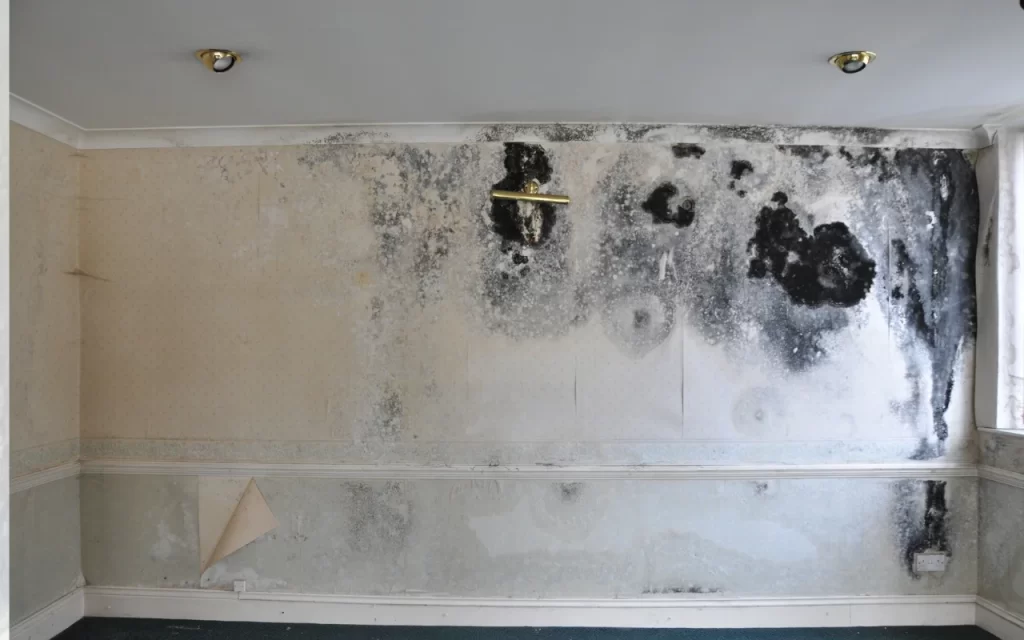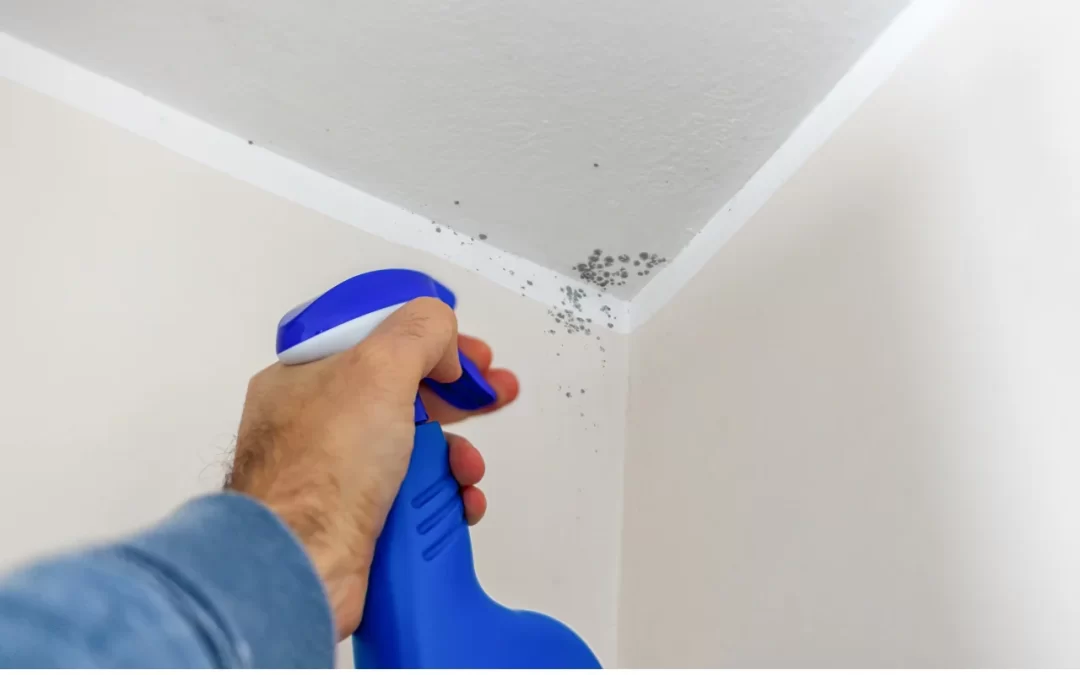Mould in your home or workplace is not just an eyesore; it can significantly impact your health and safety. From triggering allergies to exacerbating respiratory conditions, mould growth is a serious issue that requires prompt attention. But how do you know when it’s got a mould test done? In this article, we’ll explore the signs that indicate mould testing is necessary, how to test for mould in your home, and why professional testing can save you from long-term issues.
Why Mould Testing Matters
Mould can grow silently in areas you may not see, such as behind walls, carpets, or ventilation systems. While small mould spots on visible surfaces can sometimes be managed with household cleaners, hidden mould can require professional testing and remediation. Ignoring it could lead to more extensive damage to your property and more significant health risks, including respiratory illnesses, skin irritation, and even neurological symptoms in severe cases.
Common Signs You Need a Mould Test

Mould is not always visible, and its presence can often be identified by the symptoms it causes or the conditions that encourage its growth. Here are some common signs that indicate it’s time to schedule a mould test:
Persistent Musty Odour
If you notice a strong, musty smell in your home that lingers no matter how much you clean, this could be a sign of mould hidden behind walls or under floors.
Visible Mould Growth
Spotting mould on walls, ceilings, or floors is a clear sign that further testing is needed to determine the extent of the problem. Remember that what you see may only be the tip of the iceberg.
Water Damage or Leaks
Mould thrives in damp environments. If your property has experienced water damage, leaky pipes, or flooding, there is a high likelihood that mould may develop in those areas.
Health Symptoms
Mould exposure can trigger symptoms such as persistent coughing, sneezing, nasal congestion, itchy eyes, and skin irritation. If you or your family members experience unexplained health issues, especially when at home, it’s time to consider mould testing.
How Do You Test for Mould in Your Home?
Testing for mould is a multi-step process that requires proper tools and expertise for accurate results. Here’s what’s involved:
Visual Inspection
A professional will first conduct a thorough visual inspection of your property. They’ll look for visible mould, water damage, or moisture accumulation signs.
Moisture Mapping
Mould testing professionals often use moisture metres to detect dampness in walls, ceilings, and floors. Identifying moisture-prone areas is crucial in pinpointing where mould is likely to thrive.
Air Sampling
Air sampling involves testing the air for mould spores. This is particularly useful if there’s no visible mould, but signs of contamination exist, such as health symptoms or odours.
Surface Sampling
Surface testing involves swabbing or tape-lifting mould from visible areas. These samples are sent to a laboratory for analysis to determine the type and concentration of mould present.
Professional Laboratory Analysis
Once the samples are collected and sent to a laboratory for detailed analysis, the results will guide the remediation process, helping you understand the severity of the problem and the best steps to take next.
Situations Where Mould Test is Essential

While some homeowners may delay testing, there are specific situations where scheduling a mould test becomes non-negotiable:
Before Buying or Selling a Property
If you’re purchasing or selling a home, mould testing is critical in ensuring the property’s condition. Combining it with pre-purchase inspections will help you identify hidden issues, saving you from later costly surprises.
After Flooding or Water Damage
Floods and water leaks create the perfect conditions for mould growth. After any significant water-related incident, scheduling mould testing is essential to prevent long-term structural and health problems.
Workplace Health and Safety
Mould in workplaces can pose significant risks to employees’ health. Businesses can pair mould testing with Workplace Contaminant Monitoring to ensure a safe team environment.
The Role of Professional Mould Test and Testing Services
While DIY mould testing kits are available on the market, they need more accuracy and reliability of professional services. Professional mould testers identify the presence of mould and determine the type and concentration, offering actionable insights for remediation.
At Enviro Health, we specialise in helping you create healthier indoor environments. Our team ensures comprehensive testing and accurate reporting, whether residential or commercial properties, so that you can address mould issues effectively.
Preventative Measures to Avoid Mould Growth
While mould testing and remediation are critical steps, prevention remains the best action. Here are some tips to prevent mould in your home or workplace:
- Control Humidity Levels
Keep indoor humidity levels below 60%, preferably between 30% and 50%. Use dehumidifiers in damp areas like basements or bathrooms.
- Fix Leaks Immediately
Repair leaky pipes, windows, and roofs as soon as possible to prevent water accumulation.
- Ensure Proper Ventilation
Ensure your home has adequate ventilation, especially in high-moisture areas like kitchens and bathrooms.
- Clean and Dry Damp Areas Quickly
Clean and dry the area within 24 to 48 hours if water spills or leaks occur to prevent mould growth.
- Use Professional Services
Combine preventive measures with periodic assessments like Indoor Air Quality Services and Asbestos Audits to ensure your indoor environment remains safe and clean.
Importance of Related Testing Services
Mould testing is often part of a broader strategy to maintain healthy and safe living or working environments. Services like asbestos sample testing, asbestos registers and management plans, and indoor air quality services work with mould testing to offer a holistic approach to property safety.
For instance, asbestos contamination and poor air quality can exacerbate mould-related health risks. Pairing these services ensures your property is not only free of mould but also meets safety and environmental standards.
The Hidden Dangers of Mould Growth
Mould testing is a crucial step in maintaining a healthy indoor environment. Whether it’s persistent odours, visible growth, or unexplained health issues, the signs of mould should never be ignored. Regular testing, combined with related services like mould testing, asbestos sample testing, and pre-purchase inspections, ensures your property is safe, healthy, and compliant with regulations.
At Enviro Health, we provide comprehensive testing services tailored to your needs. Our enviro consultant team is committed to creating healthier spaces by identifying and addressing indoor environmental issues. Don’t wait until mould affects your health or property value—contact us today for expert assistance.
To further ensure your home’s safety, explore our Lead-Based Paint Test Kits. These kits are an essential tool for identifying potential hazards and maintaining a secure living environment.

